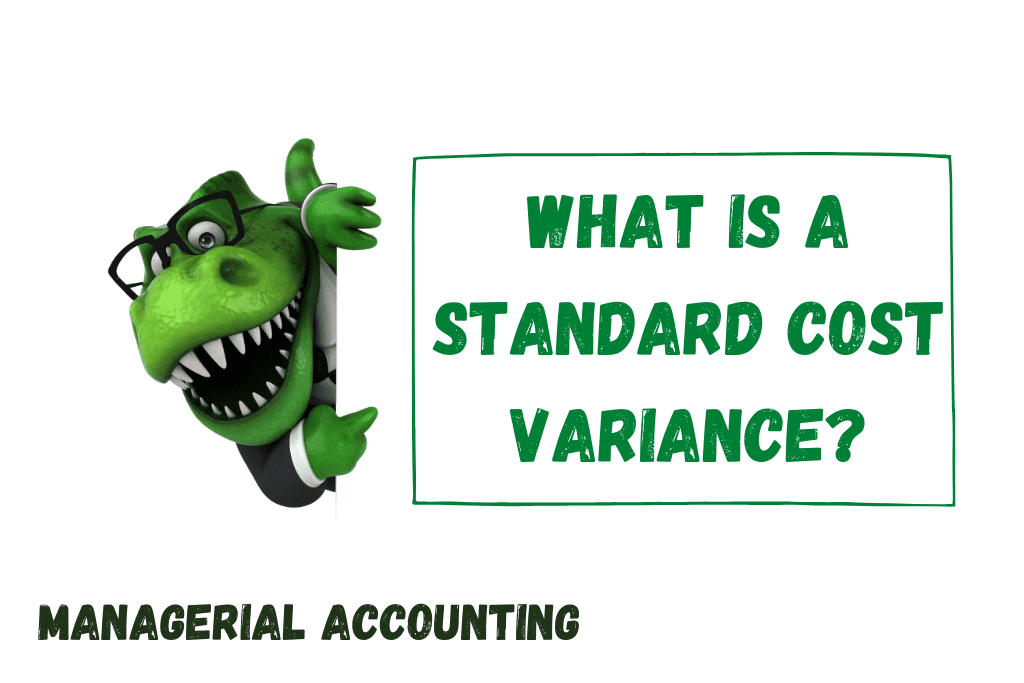In managerial accounting, standard cost variance is the difference between the actual cost incurred to produce a product or service and the standard cost that was expected. Standard cost variance is used to measure the efficiency of a company’s operations and to identify areas where improvements can be made.
Standard cost variance is divided into two categories: favorable variance and unfavorable variance. Favorable variance occurs when actual costs are less than standard costs, while unfavorable variance occurs when actual costs are more than standard costs.
Understanding Standard Cost Variance
Standard cost variance is calculated by subtracting the actual cost from the standard cost. The resulting figure can be either positive or negative, depending on whether actual costs were higher or lower than the standard cost.
For example, if the standard cost of producing a product is $100 and the actual cost is $90, the variance is favorable by $10. Conversely, if the standard cost is $100 and the actual cost is $110, the variance is unfavorable by $10.
Types of Standard Cost Variance
There are two types of standard cost variance:
- Material Cost Variance: Material cost variance is the difference between the actual cost of the materials used and the standard cost of the materials. Material cost variance is further divided into two categories: material price variance and material usage variance. Material price variance is the difference between the actual cost of the materials and the standard cost of the materials purchased, while material usage variance is the difference between the actual amount of materials used and the standard amount of materials expected to be used.
- Labor Cost Variance: Labor cost variance is the difference between the actual cost of labor and the standard cost of labor. Labor cost variance is further divided into two categories: labor rate variance and labor efficiency variance. Labor rate variance is the difference between the actual labor rate and the standard labor rate, while labor efficiency variance is the difference between the actual hours worked and the standard hours expected to be worked.
Why Standard Cost Variance is Important?
Standard cost variance is important for several reasons:
- Cost Control: Standard cost variance helps businesses to control their costs by identifying areas where actual costs differ from the standard costs.
- Performance Evaluation: Standard cost variance provides a basis for evaluating performance. By comparing actual costs to standard costs, businesses can determine whether they are meeting their targets and identify areas for improvement.
- Decision Making: Standard cost variance provides a basis for decision making. Businesses can use standard cost variance to evaluate the cost-effectiveness of different options and make informed decisions.
- Continuous Improvement: Standard cost variance provides an incentive for continuous improvement. By identifying areas where costs can be reduced, businesses can improve their operations and increase their profitability.
Conclusion
Standard cost variance is an important tool in managerial accounting. By comparing actual costs to standard costs, businesses can identify areas where improvements can be made and take corrective action. Understanding the types of standard cost variance and how they are calculated can help businesses to manage their costs effectively and improve their operations.

